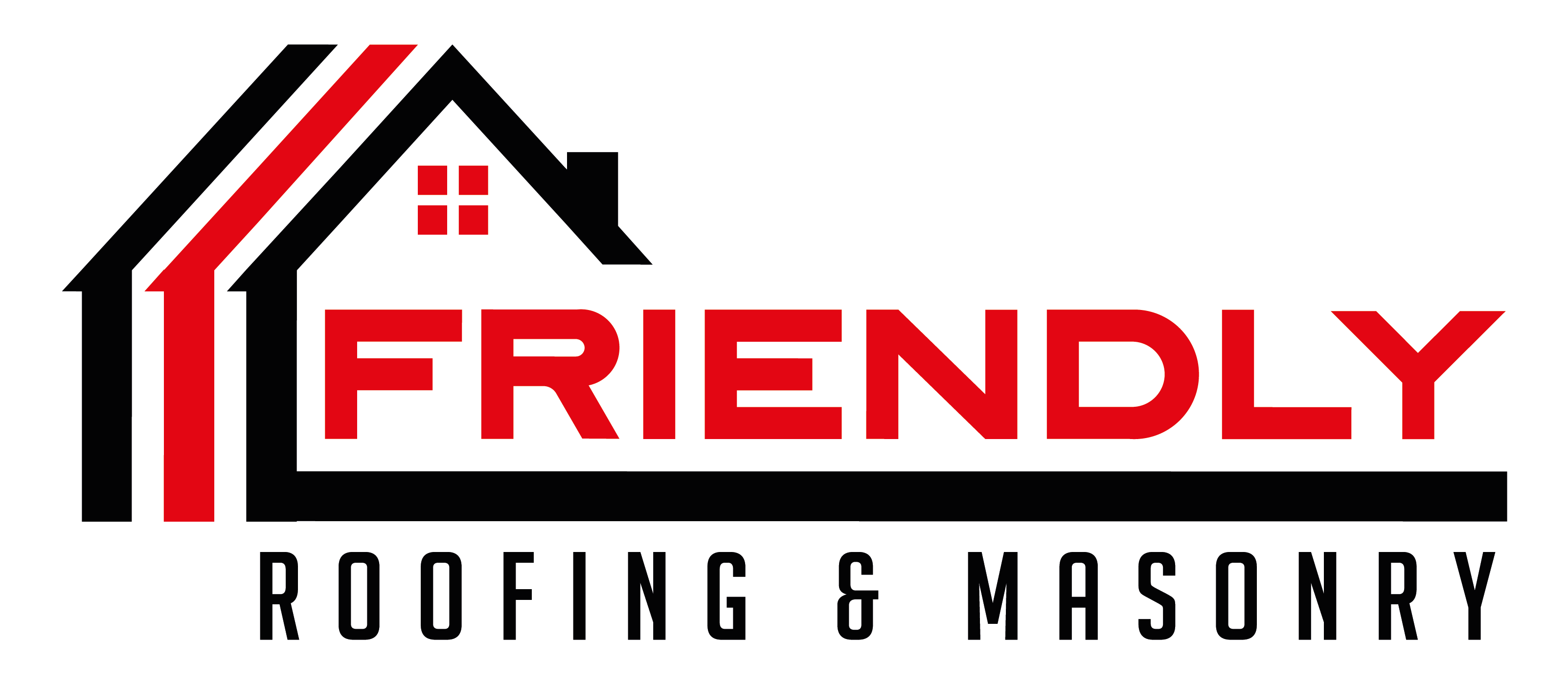Introduction
As we transition into the warmer months, it’s crucial to prioritize roofing maintenance to protect your home from potential damage and ensure longevity. Spring and summer bring unique challenges for roof care, including increased sunlight, humidity, and the possibility of severe weather events. By following a detailed roofing maintenance checklist, you can ensure that your roof remains in excellent condition throughout the year. Let’s delve deeper into each step of this essential roofing maintenance routine.
1. Inspect Shingles and Roof Surface
Start by carefully examining your roof’s surface, paying close attention to the condition of the shingles. Look for signs of wear such as cracks, curling edges, or areas where shingle granules have worn away. These can be indications of potential leaks or water damage. Replace any damaged shingles promptly to maintain the structural integrity of your roof.
2. Clear Debris and Clean Gutters
Over the winter months, debris like leaves, twigs, and dirt can accumulate on your roof and in the gutters. This debris can clog gutters and downspouts, leading to water backup and potential roof leaks. Clear all debris from your roof using a broom or leaf blower, and clean out gutters thoroughly to ensure proper drainage. Consider installing gutter guards to prevent future debris buildup.
3. Check for Leaks and Water Intrusion
Perform an interior inspection of your attic or ceiling for any signs of water stains, mold, or mildew. Even minor leaks can cause significant damage over time if left unchecked. Use a flashlight to inspect the underside of the roof decking for signs of water intrusion or gaps. Address any leaks promptly to prevent further damage to your home’s interior. Look for signs of moisture accumulation in insulation or wood surfaces.
4. Inspect Flashing, Vents, and Skylights
Examine the flashing around chimneys, vents, and skylights for signs of damage or deterioration. Flashing plays a critical role in preventing water from entering vulnerable areas of your roof. Ensure that flashing is securely fastened and properly sealed to prevent leaks. Check vents and skylights for cracks or gaps and reseal as needed to maintain water tightness.
5. Trim Overhanging Branches and Vegetation
Tree branches that overhang your roof can pose a risk of damage during windy conditions and provide access for pests. Trim back overhanging branches and vegetation to prevent them from coming into contact with your roof. This will also help to improve airflow and reduce the risk of moss or algae growth.
6. Clean Moss, Algae, and Mold
The increased humidity of spring and summer can promote the growth of moss, algae, and mold on your roof surface. Use a gentle cleaning solution and a soft brush to remove any visible growths. Consider applying a moss prevention treatment or installing zinc or copper strips to inhibit future growth.
7. Inspect Attic Ventilation and Insulation
Proper attic ventilation is crucial for maintaining the efficiency of your roof and preventing moisture buildup. Check attic vents for obstructions and ensure they are functioning correctly. Evaluate the condition of attic insulation and replace or add insulation as needed to maintain energy efficiency and prevent heat buildup in the attic.
8. Check for Structural Issues
Inspect your roof for any signs of sagging, unevenness, or structural damage. These issues can indicate underlying problems with the roof’s support structure and should be addressed promptly by a professional roofer to prevent further damage or safety hazards.
9. Schedule Professional Inspection and Maintenance
Consider scheduling a professional roof inspection at least once a year, ideally before the start of the spring season. A qualified roofing contractor can identify hidden issues and perform necessary repairs or maintenance to prolong the lifespan of your roof. Professional inspections are especially important for older roofs or homes located in areas prone to severe weather.
10. Review Warranty and Insurance Coverage
Take the time to review your roof’s warranty and insurance coverage. Understand what is covered in terms of repairs and replacements to avoid unexpected expenses in the event of roof damage. Keep records of all maintenance and repairs for insurance purposes.
11. Consider Roof Coatings or Sealants
If your roof is aging or showing signs of wear, consider applying a roof coating or sealant to enhance its durability and weather resistance. Roof coatings can provide an additional layer of protection against UV rays, water damage, and thermal expansion. Consult with a roofing professional to determine the best coating or sealant for your roof type and climate, which can help you with roofing maintenance.
Final Thoughts on Roofing Maintenance
Regular roof maintenance is essential for ensuring the longevity and performance of your home’s roofing system. By following this comprehensive spring and summer roofing maintenance checklist, you can identify and address potential issues before they escalate into costly repairs or replacements. Remember to prioritize safety when conducting roof inspections and roofing maintenance tasks, and consult with a professional roofing contractor for complex repairs or concerns. With proper care and attention, your roof will continue to protect your home and family for years to come. Start your roofing maintenance routine today to enjoy a worry-free summer under a well-maintained roof! If you need assistance with any roofing maintenance tasks, don’t hesitate to reach out to a reputable roofing contractor in your area. They can provide expert advice and ensure that your roof remains in top condition throughout the changing seasons.

